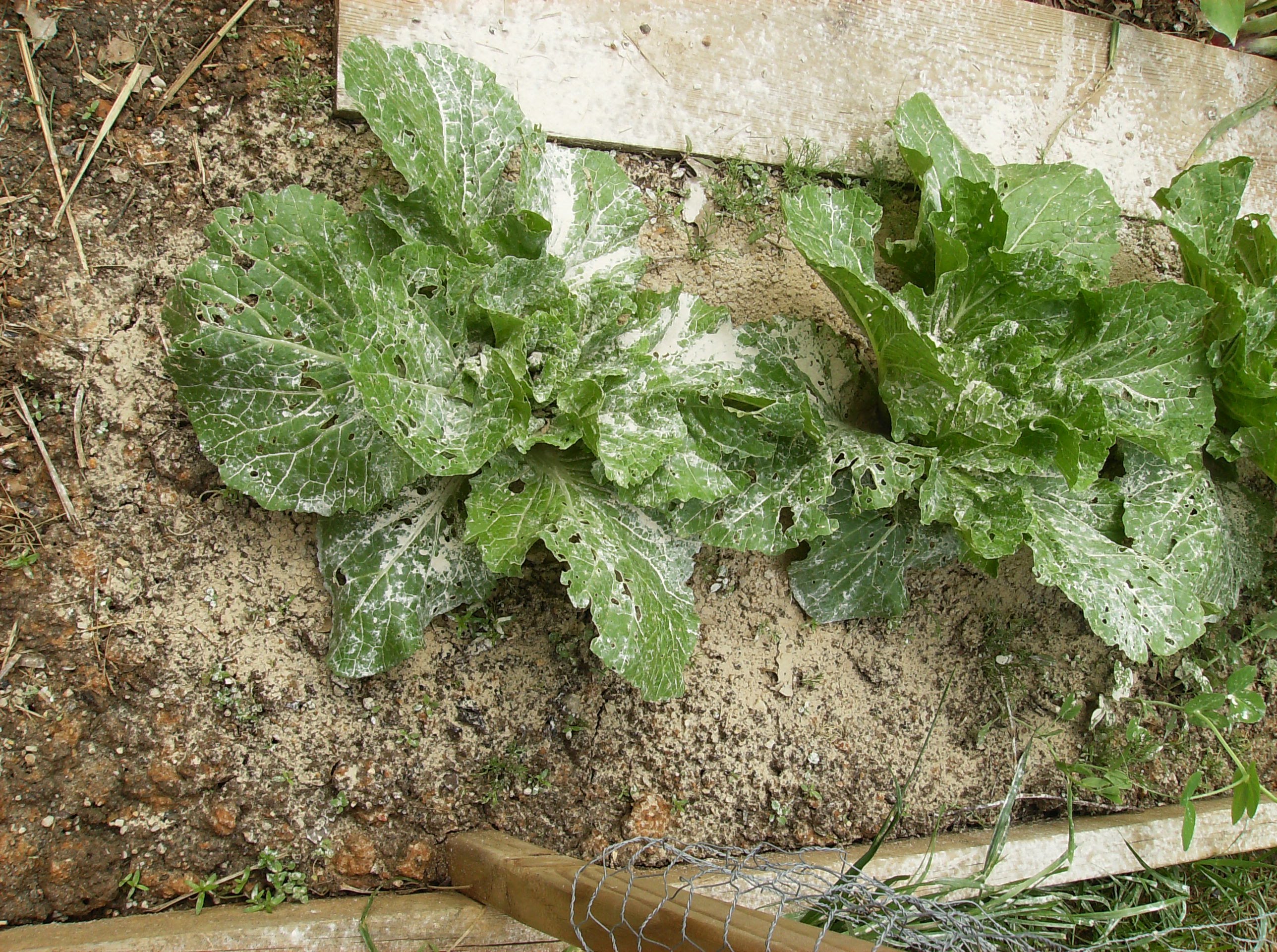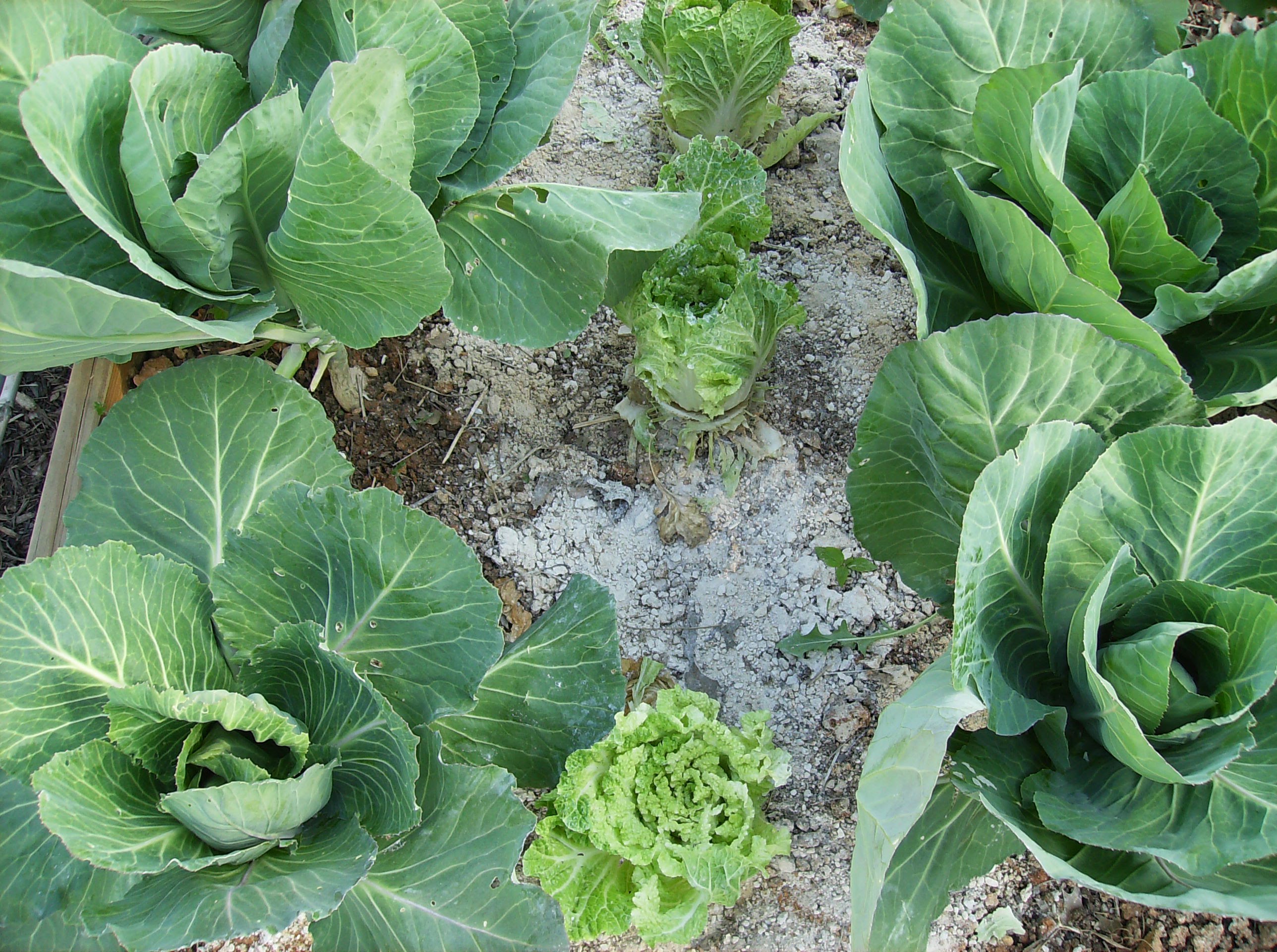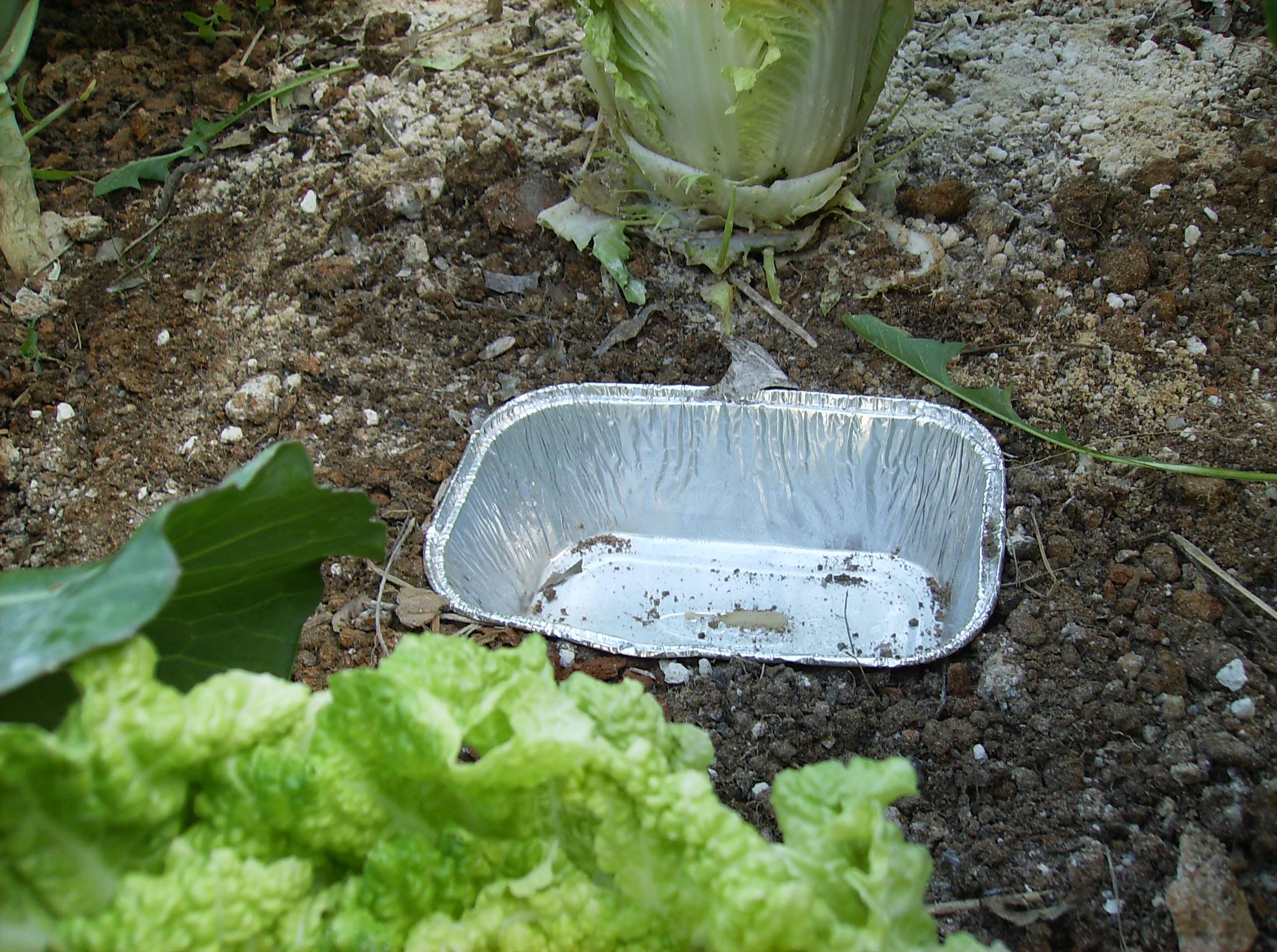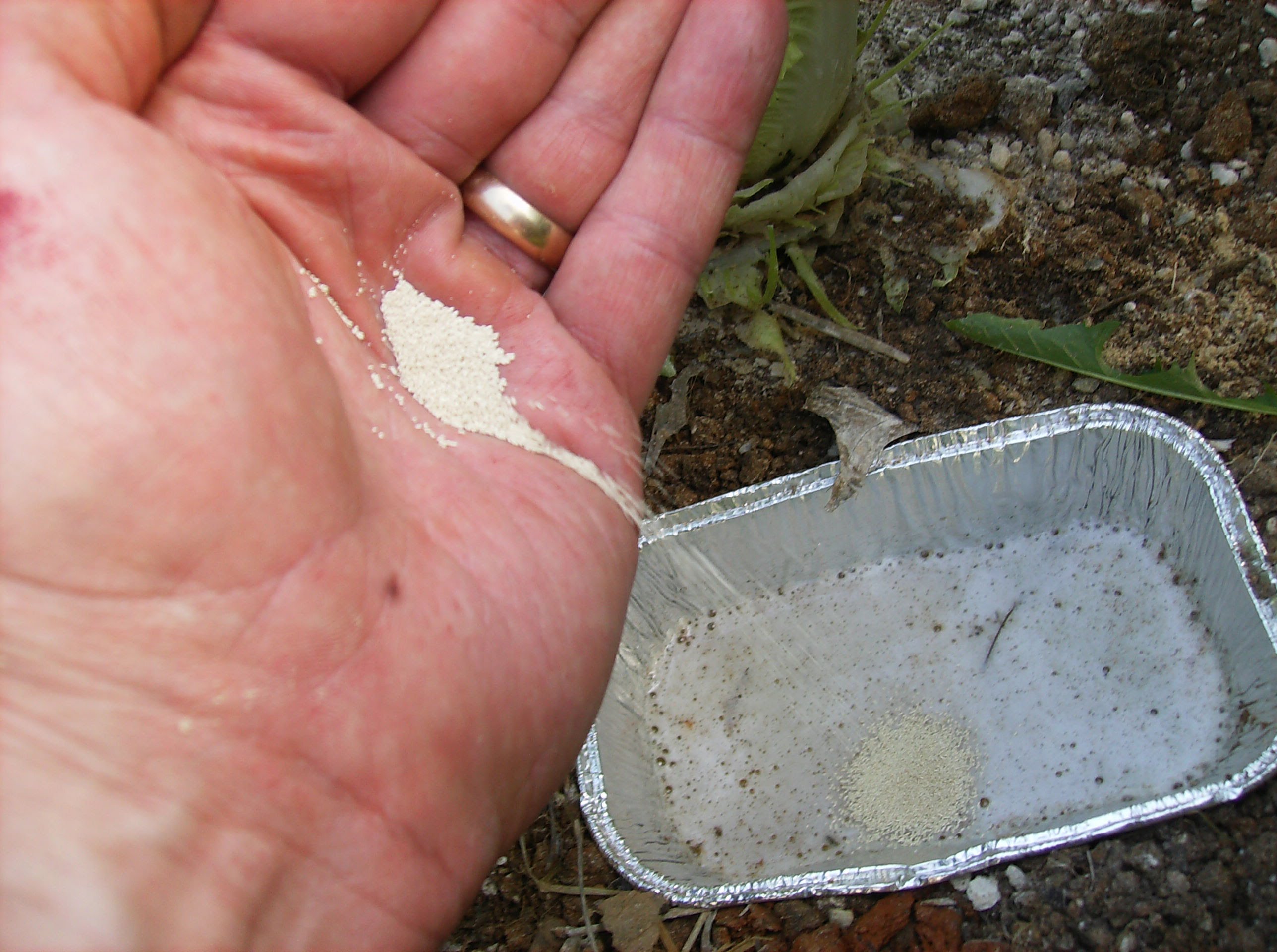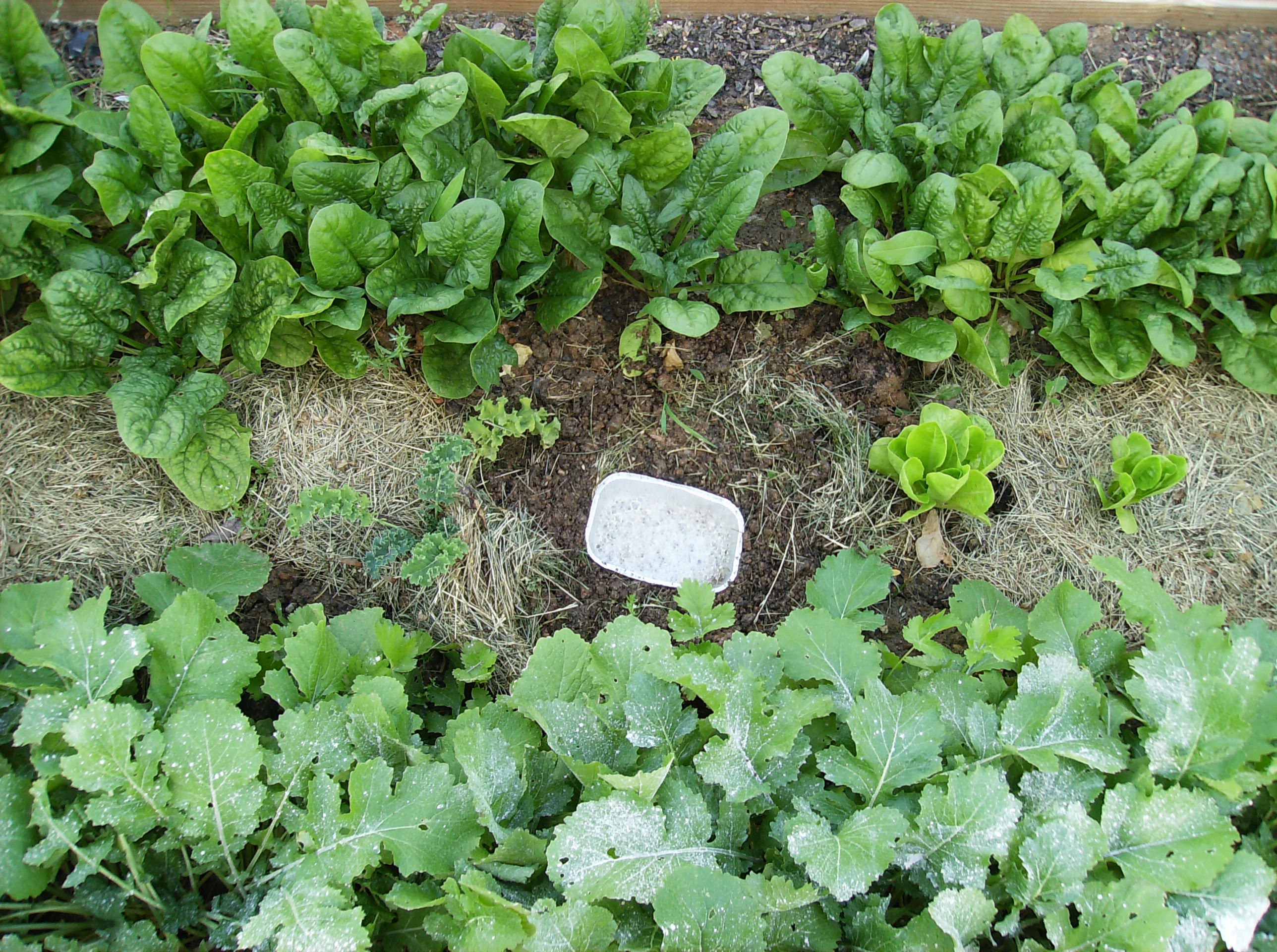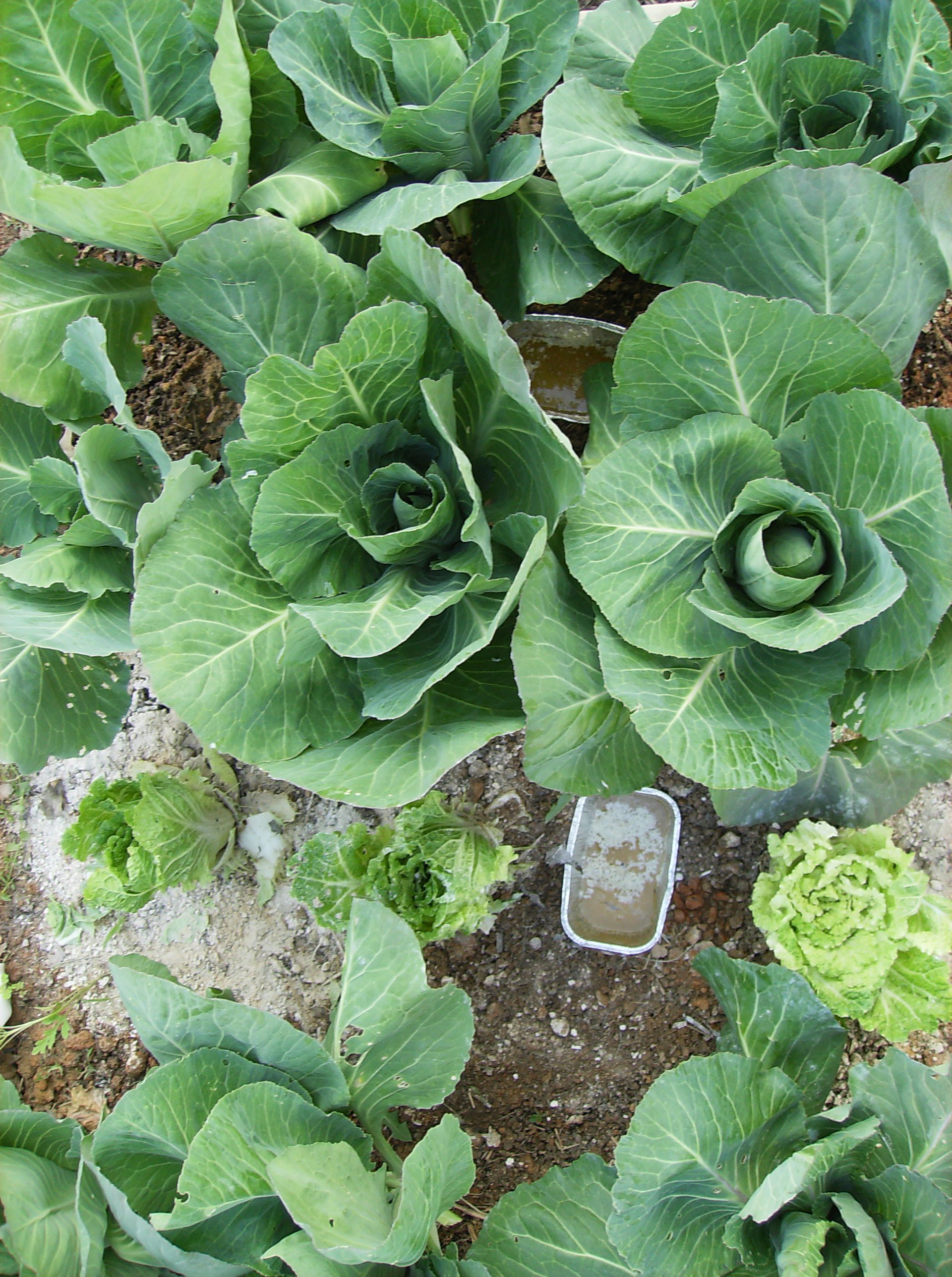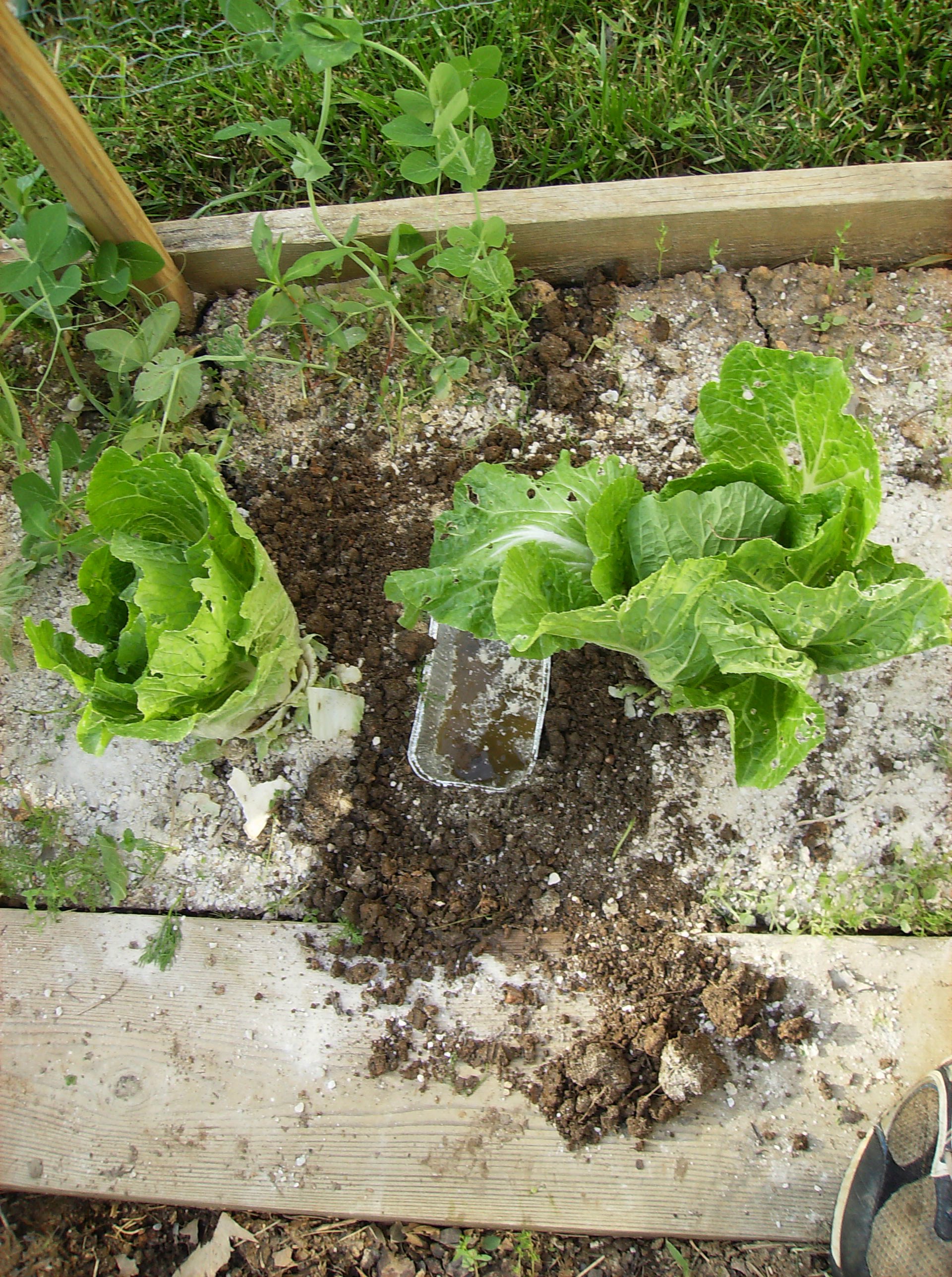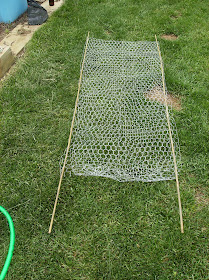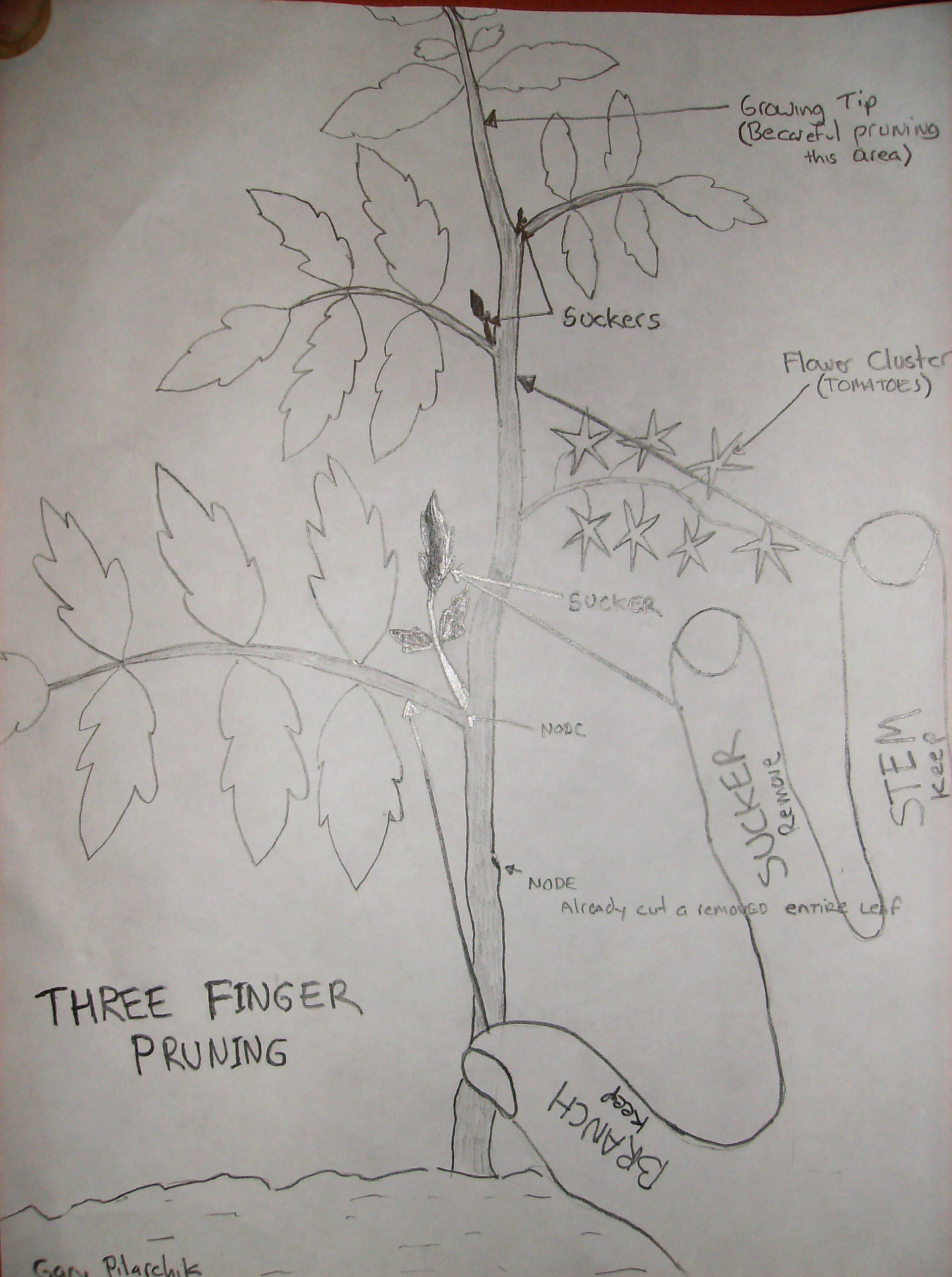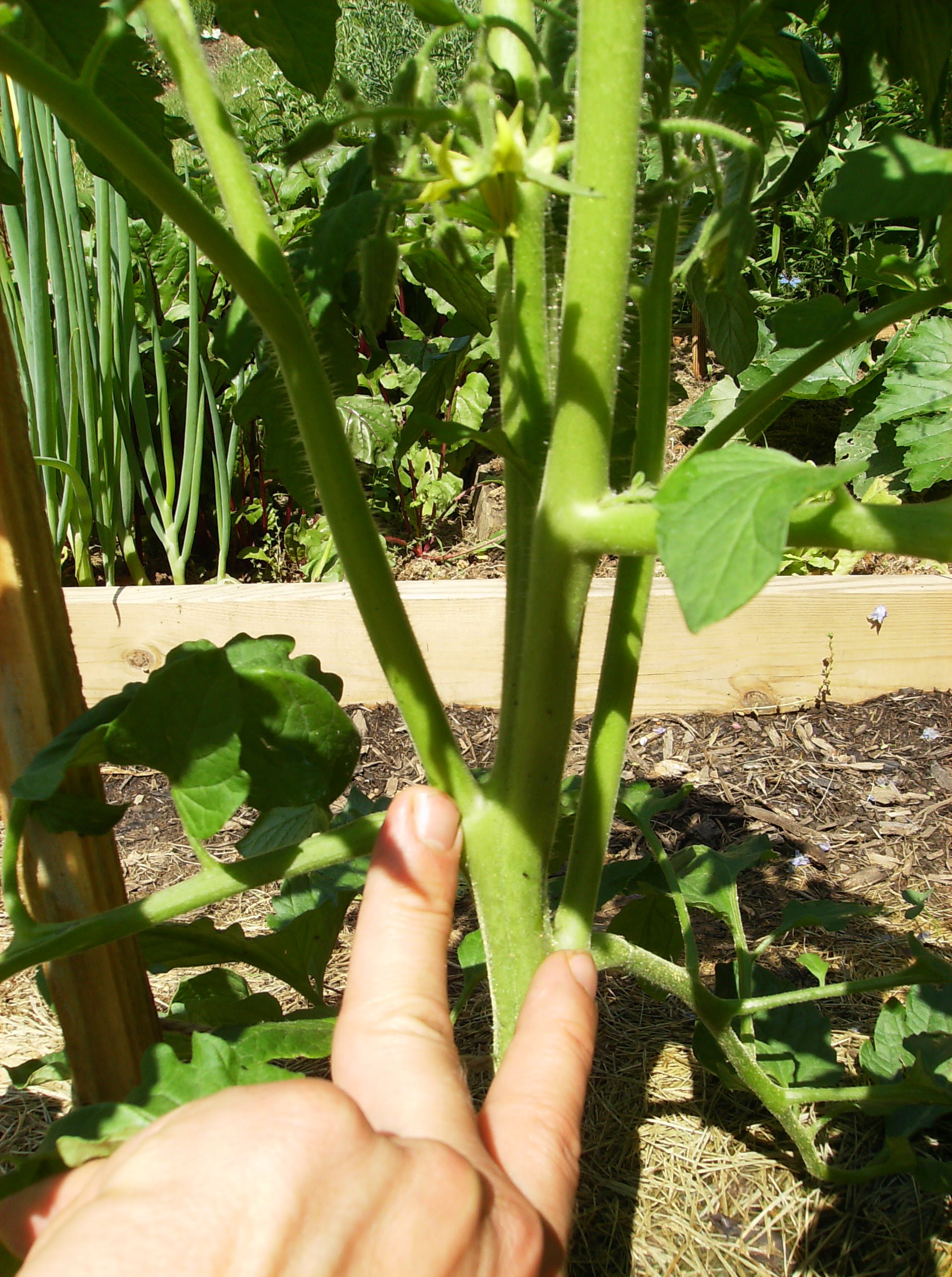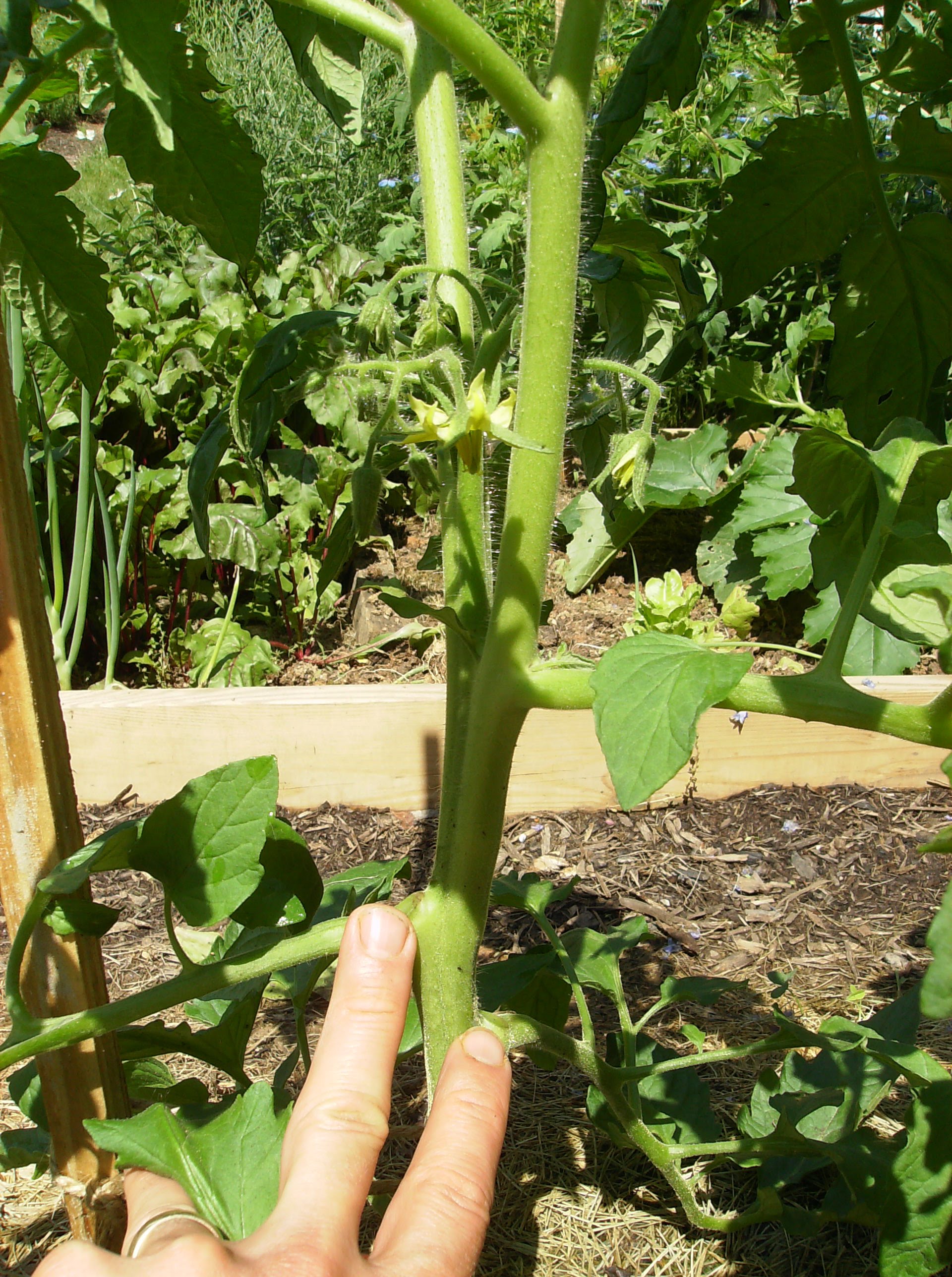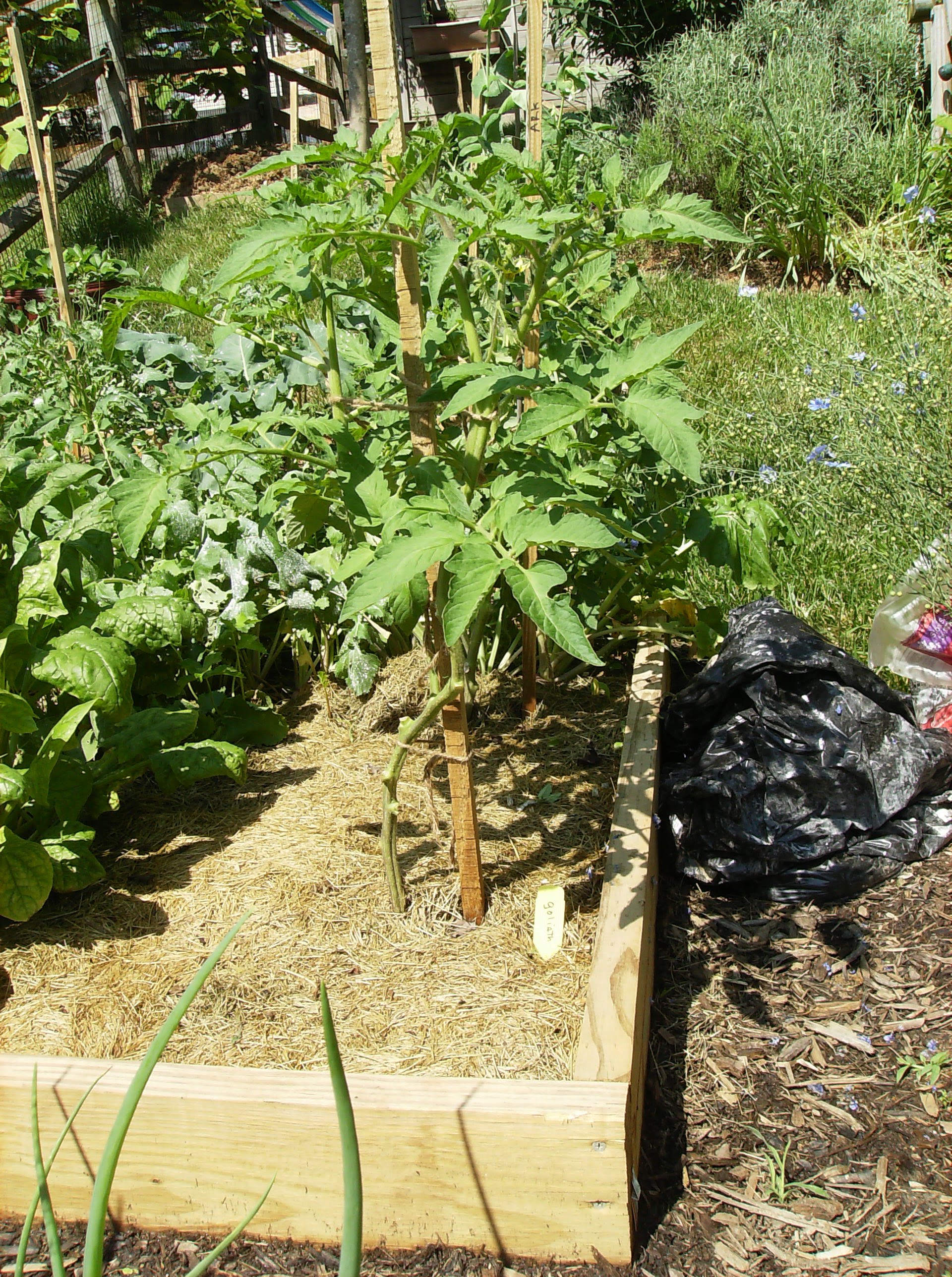(Some Benefits of Pruning)
What is the Three Finger Method?
Make a
peace sign and extend your thumb at the same time. You should have your
thumb, index finger and middle finger extended. Your ring finger and
pinky should be closed. The three extend fingers represent a tomato
plant. Your thumb is a leaf branch (the branch to keep), your index
finger is the sucker branch (the branch to remove) and your middle
finger is the tomato stem. I drew a picture to further explain the
principle. When in doubt and in the garden, throw out those three
fingers and compare it to the tomato section in question.
Keep in mind you typically only prune indeterminate tomatoes and not determinate tomatoes. You prune indeterminate tomatoes as to help keep and maintain the tomato vine that would naturally, if left alone, grow out of control.
 |
| Tomato Pruning - The Rusted Garden Blog |
Identify the Sucker Branches and Remove Them
The
branches aren't really sucker branches but giving them a name makes it
easier to explain pruning. If they continued to grow they would grow
into a vine branch - a branch from the main stem. It would flower and set tomatoes along with the main vine.
A tomato plant is
pruned to typically maintain one vine (sometimes two of more) and that will help
to develop a strong healthy tomato plant. Sometimes I maintain two
vines when I plant a new variety of tomato. That is just my preference.
You may chose to let the main stem of your tomato branch into two or
three vine branches.
Pruning tomatoes theoretically reduces the number
of tomatoes a plant will generate or produce. However, pruning typically means the
tomatoes that do grow - grow larger and it significantly helps
to prevent diseases and mildews. If you don't prune there is a greater
chance for diseases and you might lose the plant and all those extra
theoretical tomatoes. You want to maintain good airflow through your plants and let the sun dry them quickly after rains. Pruning suckers helps with this.
If the sucker
branches are left to grow it gives an illusion of a healthy green
leafy tomato plant. In reality, come another month, a gardener ends up
with a plant that is hard to tend and contain in the garden. An unmanaged
tomato will have more leaves than needed and the plant will be at
greater risk for disease as mentioned. They can grow and become unruly. It sounds counter intuitive but a little less (removing branches) is more
when pruning and tending a tomato. I am pointing out two sucker branches
in the picture below. You will notice a third sucker branch if you have
a sharp eye.
 |
| Tomato Suckers - The Rusted Garden Blog |
These
sucker branches are large and that is what makes pruning difficult.
It's not that they are hard to remove but that they look so healthy,
many gardeners are tempted to let them grow. Don't. Prune them with a
knife or snap them off if they are small enough. When my tomatoes are
first growing, I am a little slower to prune them. I let some leaves, I
would normally remove, hang around a bit in May. After that, they are
gone. I do it to provide more photosynthesis to the newly planted
tomatoes. It may or may not make a difference but it works for me. You want to slowly prune your tomato as to keep it managed but not remove so many leaves that you slow its growth or put it in a bit of shock.
 |
| Pruned Tomato Sucker - The Rusted Garden Blog |
The
sucker branches have been removed. The tomato still looks fine. You
will notice my fingers point to the empty spaces where the sucker
branches were and you now only see two leaf branches. I also remove bottom branches when the tomato is large enough. This creates a splash barrier and helps prevent the spread of soil borne diseases.
Here
is another one of my plants pictured below. It gives you an idea of
plant size and the amount of space I keep between the leaves of a tomato
plant and the ground. If you enlarge this picture you will also notice
two branches coming off the main stem. This is one case where I am
growing essential two vines or allowing the main stem to branch into
two. I will prune and maintain both of the main growing vines.
 |
| A Pruned Tomato - The Rusted Garden Blog |
Why Prune Tomatoes?
Tomatoes
don't have to be pruned but I recommend you do prune them. Tomatoes will still
grow if the plant is left to sprawl across the ground without any care.
That is what they are designed to do. However, if tomatoes are left to
sprawl, they will be more susceptible to disease and mildews. More
garden space is needed for a sprawling tomato plant and you probably
won't get that many more tomatoes then a well pruned and tended tomato
plant.
You prune a tomato plant to greatly
reduce the risk of disease and mildews such as blights and powdery
mildew. A pruned tomato plant creates a gap between the soil and leaves.
It is harder for spores to splash to the leaves and take hold. A pruned
plant has less leaves which allows air to circulate through the
entire plant.
Better air circulation quickly drys leaves. Dry leaves are a
good strategy in reducing the spread of disease and mildews. You
prune a tomato plant because you will still get a large harvest of
tomatoes without sacrificing space in your garden. A tomato that grows
up a stake and has its growth managed, allows more room for more
vegetable plants. In my book of a gardening the more space the better.
In super summary, you prune to have healthier larger tomatoes and more
garden space. It's that simple.

Join My Google+ Community
Our Tomato and Vegetable Gardens (600+ Members!)
Over 100 HD Garden Videos: Join
My YouTube Video Gardening Channel
Follow and Organize
The Rusted Garden on Pinterest






